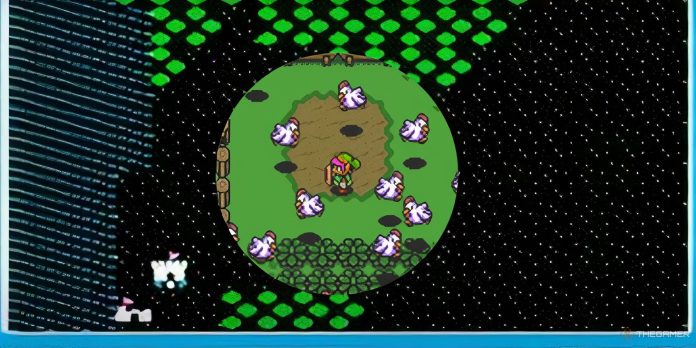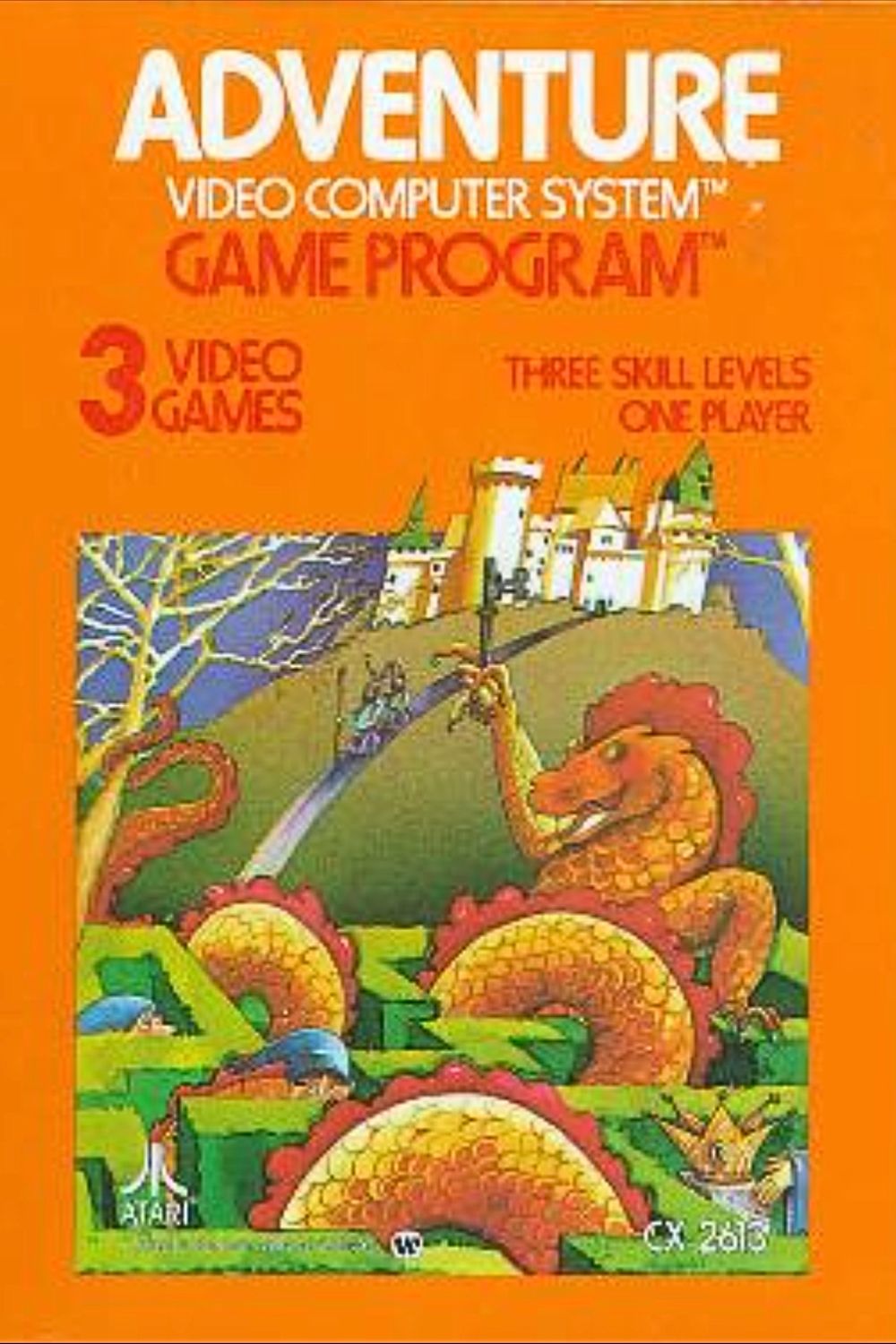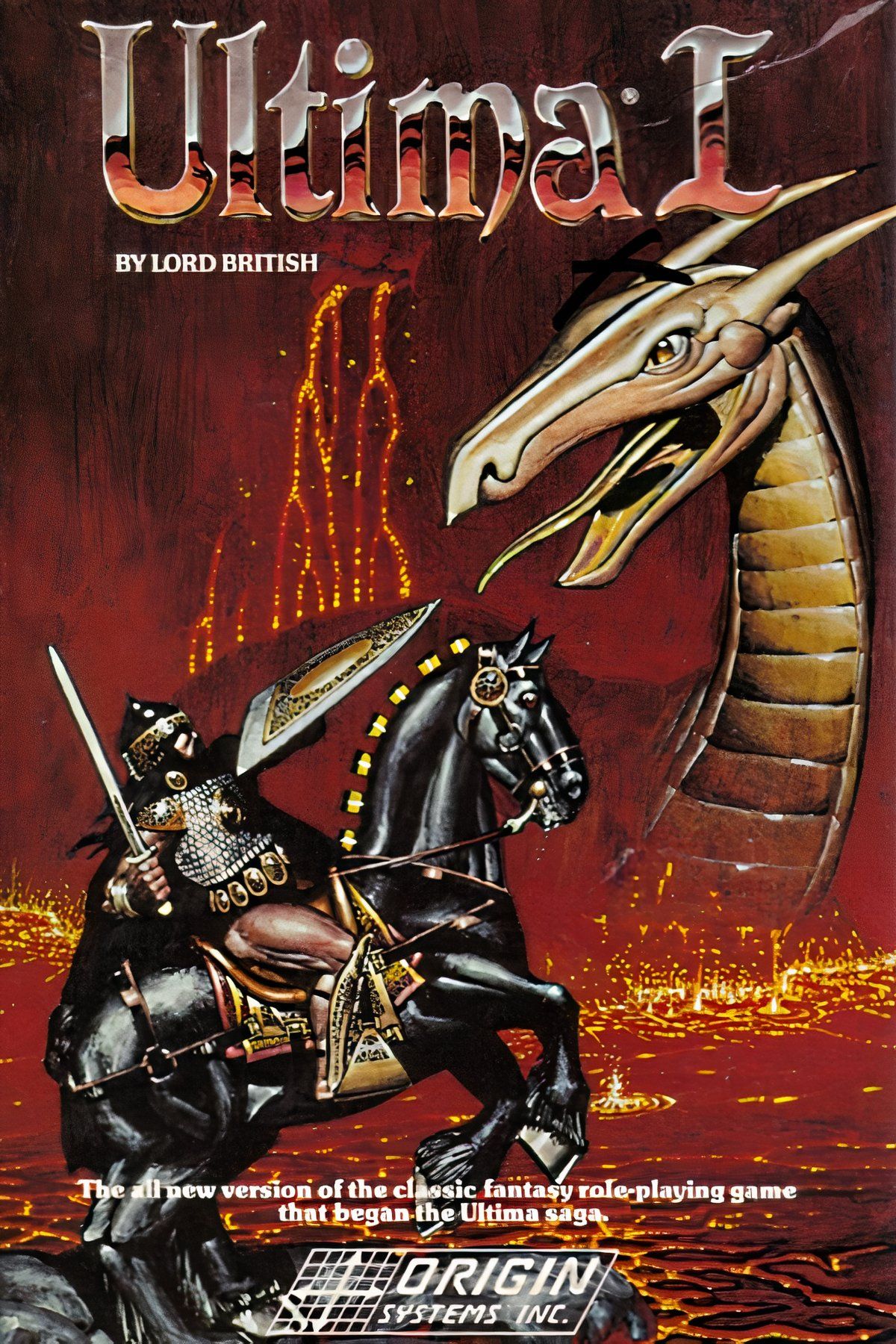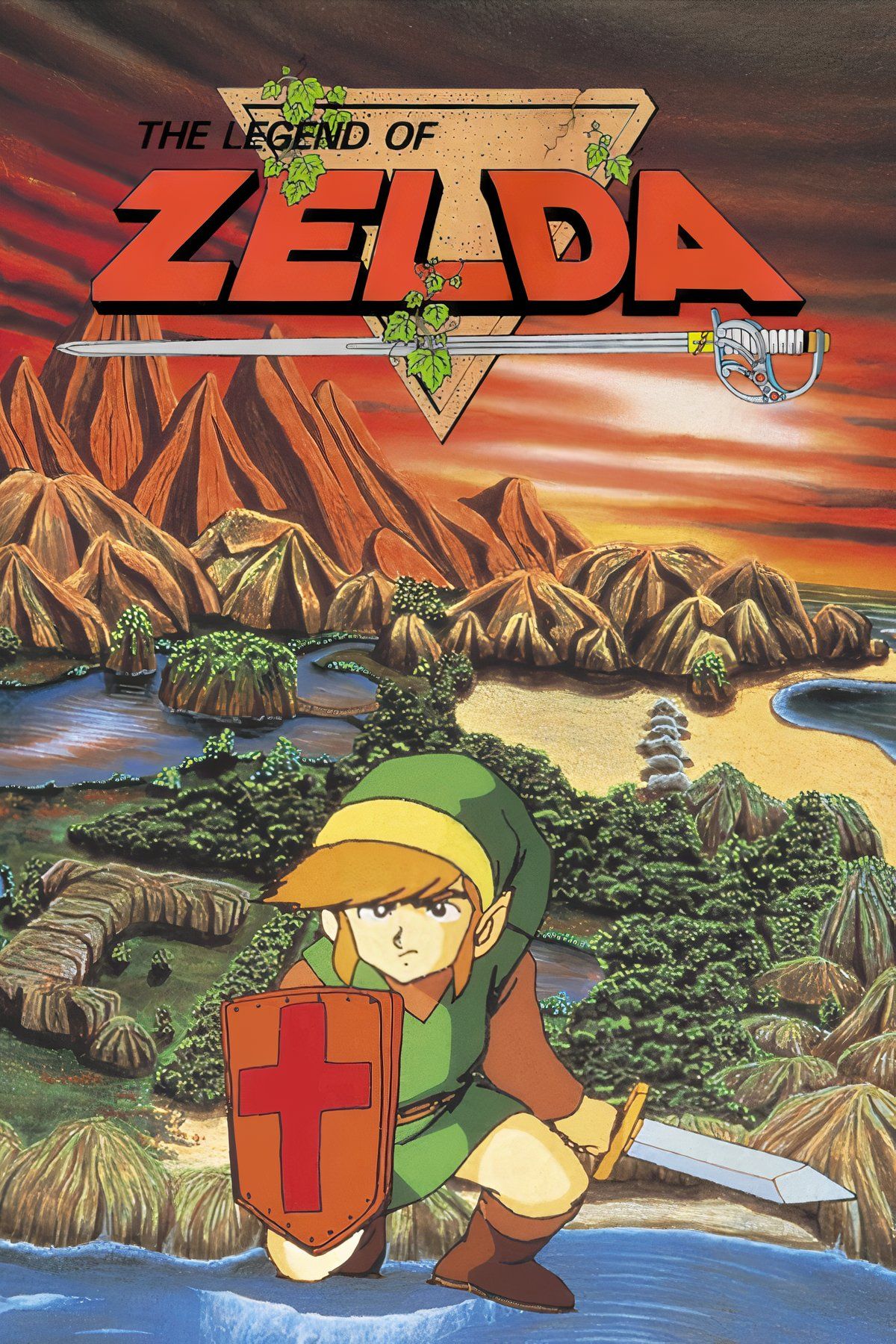
Sign in to your TheGamer account
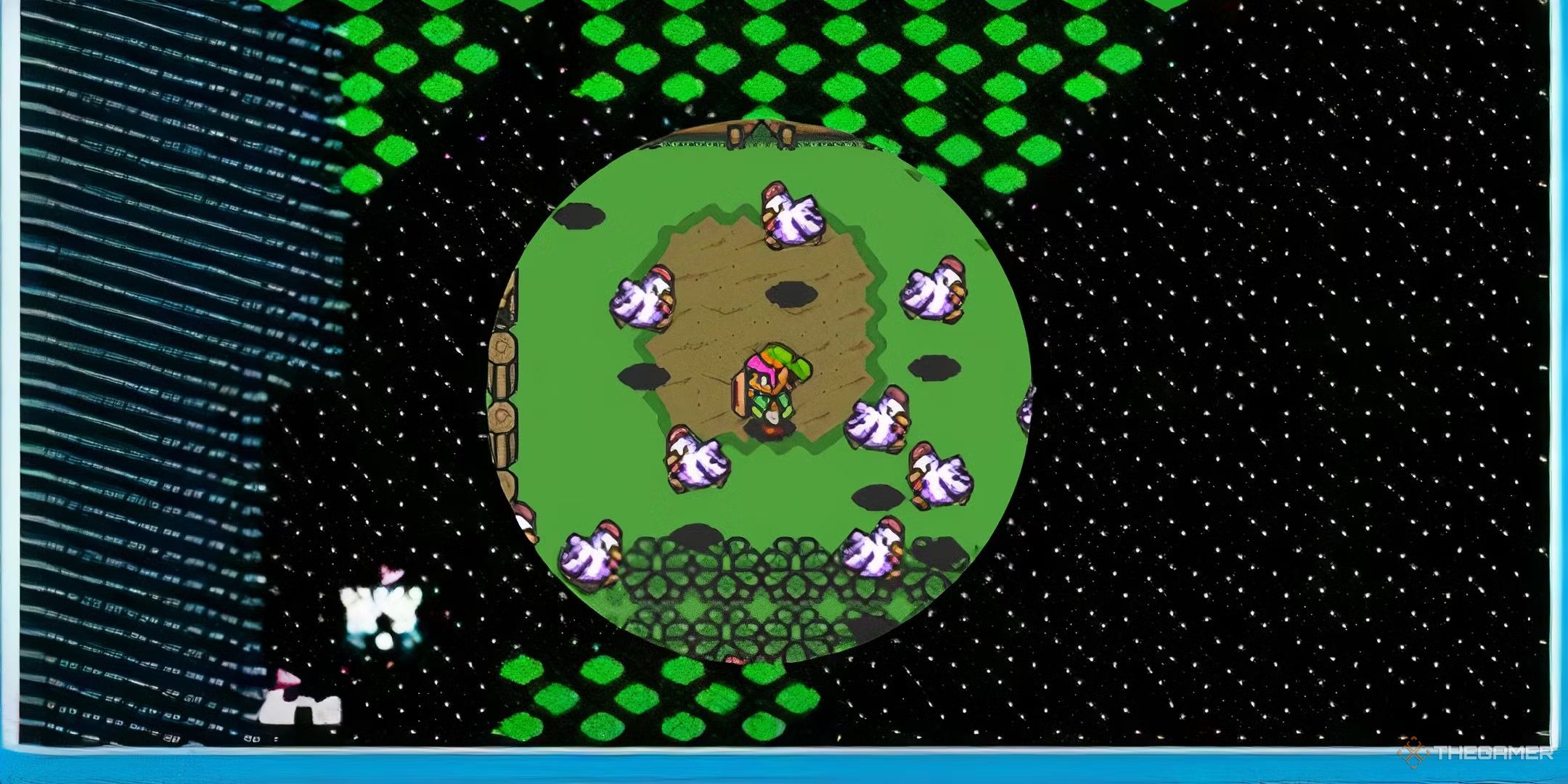
Open-world games are everywhere now, but they had to start somewhere. Long before sprawling maps and side quests became standard, a few early titles dared to break away from linear gameplay. These games gave players freedom, exploration, and choice at a time when most games kept you on a strict path.
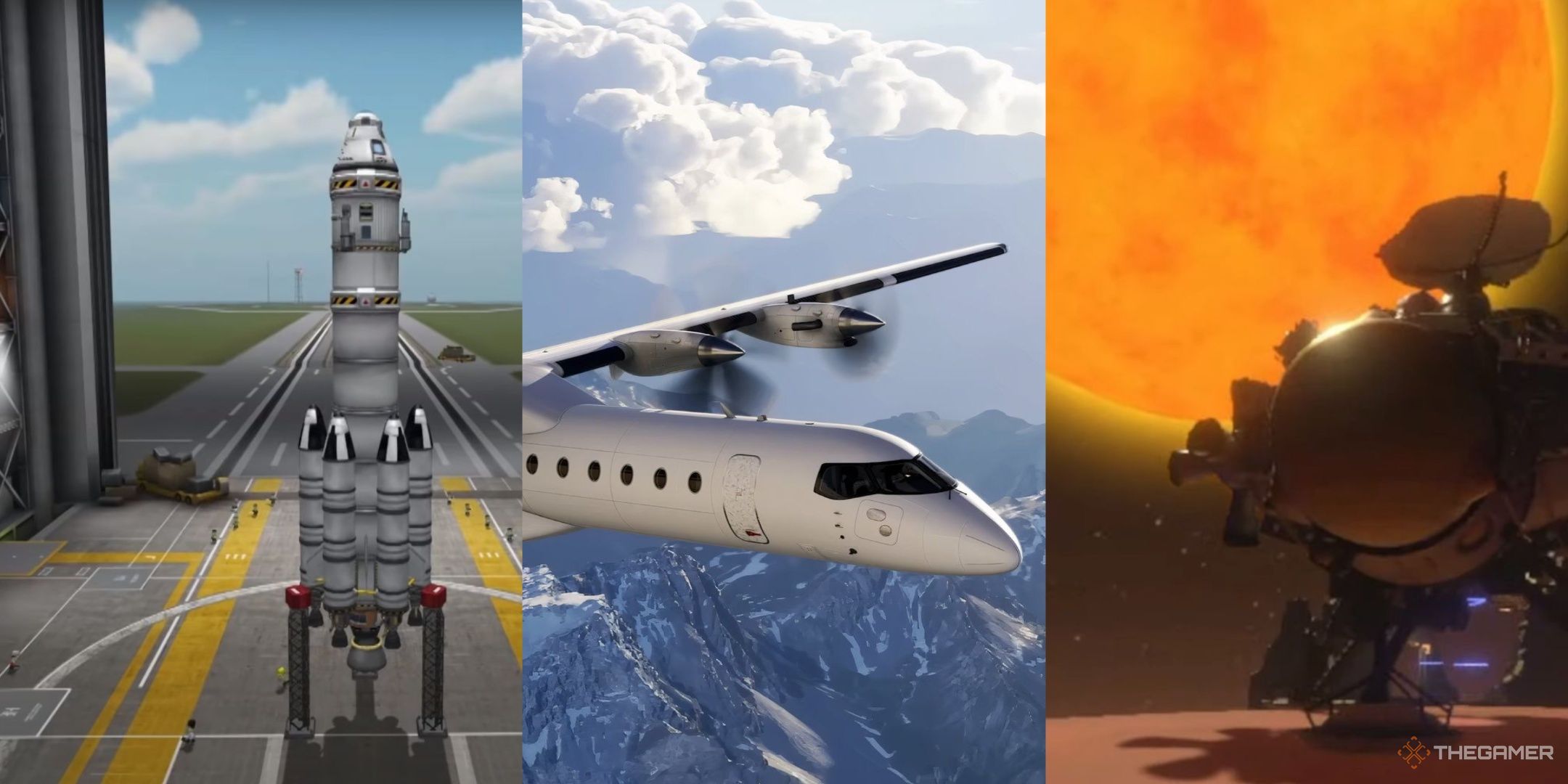
Related
10 Games That Let You Explore An Entire Planet
Lots of games put into into a single city or country. These ones let you travel the length of an entire planet.
Some were clunky. Others were way ahead of their time. But all of them helped shape the open-world genre we know today. In this list, we’re looking into the pioneers: the first games that let you roam where you wanted, even if the world was just a handful of pixels wide.
10 Adventure
On the Atari 2600, Adventure might not look like much today, but it was groundbreaking. Players could freely roam a series of connected screens and explore a world without a clear path forward. It even featured one of gaming’s first Easter eggs.
Despite the blocky graphics, Adventure gave players something rare in 1979: choice. You could backtrack, try different strategies, and experience the game at your own pace. That sense of discovery (however primitive) was an early taste of what open-world games would eventually become.
9 Ultima I: The First Age of Darkness
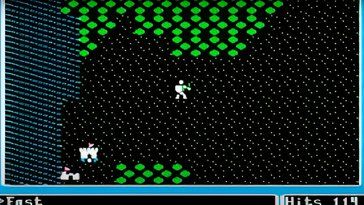
- ESRB
- n/a
- Developer(s)
- Origin Systems
- Publisher(s)
- Origin Systems, Sierra On-line, Electronic Arts
- Engine
- Proprietary
- Platform(s)
- Apple II, Apple IIGS, Atari 400, Atari 800, Commodore 64, MS-DOS, FM Towns, NEC PC-8801, NEC PC-9801, PC
- Developer
- Richard Garriott
- Publisher
- California Pacific, Pony Canyon, Fujitsu, Vitesse Inc.
Richard Garriott’s Ultima series shaped RPGs for decades, but it started with this ambitious little game on the Apple II. Ultima I featured a top-down overworld, dungeons, towns, and even space travel.
Many of these games were made for outdated hardware. If you want to try them, platforms like DOSBox or fan-made ports can make the experience smoother.
While movement between areas was tile-based, the game let players choose where to go and what to do next, which was rare at the time. It wasn’t exactly seamless, but it felt massive for early ‘80s hardware. It gave players a map and said, “Go figure it out.” And surprisingly, a lot of us did.
8 The Legend of Zelda
Nintendo’s Zelda changed everything. Rather than holding your hand, the game dropped you in a huge world with almost no instructions. You were free to explore, get lost, and die horribly, but that was part of the fun. The sense of mystery and openness made Zelda feel more alive than other NES games.
You didn’t just play through levels, you uncovered a world. Even decades later, many of its design ideas show up in modern open-world games. This was the moment when exploration became mainstream.
7 Elite

Elite
- Released
- September 20, 1984
- Developer(s)
- Ian Bell, David Braben
- Publisher(s)
- Acornsoft, Firebird, Imagineer
- Platform(s)
- BBC Micro, Acorn Electron, Acorn Archimedes, Apple II, Amstrad CPC, Atari ST, Commodore Amiga, Commodore 64, MS-DOS, MSX, Nintendo Entertainment System, Tatung Einstein, ZX Spectrum
Before No Man’s Sky or Starfield, there was Elite. Released on the BBC Micro, this wireframe space sim gave you a galaxy to explore and fight your way through. There were no levels, no cutscenes, and no obvious goals, just freedom.
It used procedural generation to create thousands of star systems, something unheard of at the time. Elite wasn’t always friendly to new players, but for those who stuck with it, it offered an unparalleled sense of scale and control.
6 Wasteland
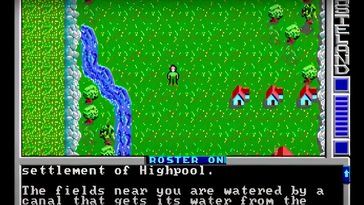

Wasteland
- Released
- January 2, 1988
- ESRB
- T for Teen – Violence, Blood, Sexual Content, Use of Alcohol, Simulated Gambling
- Developer(s)
- Interplay, inXile entertainment
If you’ve played Fallout, you owe a lot to Wasteland. This gritty post-apocalyptic RPG gave players a vast desert to explore, complete with branching quests and moral choices. You could approach objectives in different ways, and your decisions had lasting consequences.
Games like Hydlide or Wasteland didn’t hold your hand. A walkthrough or fan wiki can save you hours of head-scratching.
It also featured a surprising amount of detail for a game mostly built on text and tiles. Wasteland didn’t just let you roam. It made your choices matter. It showed that open-world games could tell complex, player-driven stories long before voice acting or 3D engines existed.
5 Turbo Espirt
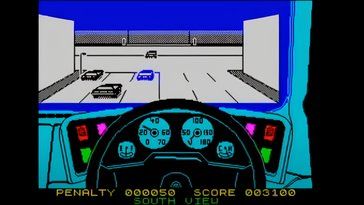
Before Grand Theft Auto was even an idea, Turbo Esprit let players drive freely through an open city. Developed by Durell Software for the ZX Spectrum and other home computers, it combined driving mechanics with law enforcement missions. You weren’t just racing. You were patrolling and navigating traffic in real time.
For 1986, that level of urban simulation was jaw-dropping; there were no loading screens, no level boundaries, just a city that felt alive. It’s no exaggeration to say Turbo Esprit laid the groundwork for the open-world crime games that came later.
4 Mercenary
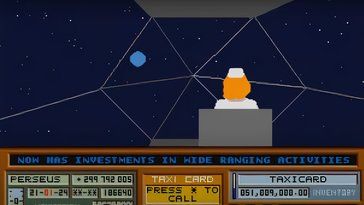
Set on a distant planet after your ship crash-lands, Mercenary gave you one goal: escape. How you did it was entirely up to you. Explore alien cities, fly spacecraft, trade goods, or align with one of the warring factions. It felt like a sandbox before the term was popular.

Related
Best Open-World Games On Steam
Explore these delectable open-world selections on Steam and prepare for the greatest stories and adventures ever told.
The 3D wireframe graphics were minimalist, but they supported a surprisingly complex and open-ended experience. Mercenary didn’t push you toward any specific ending. It just lets you exist in its strange world. For many players, that freedom was the real reward.
3 Hydlide
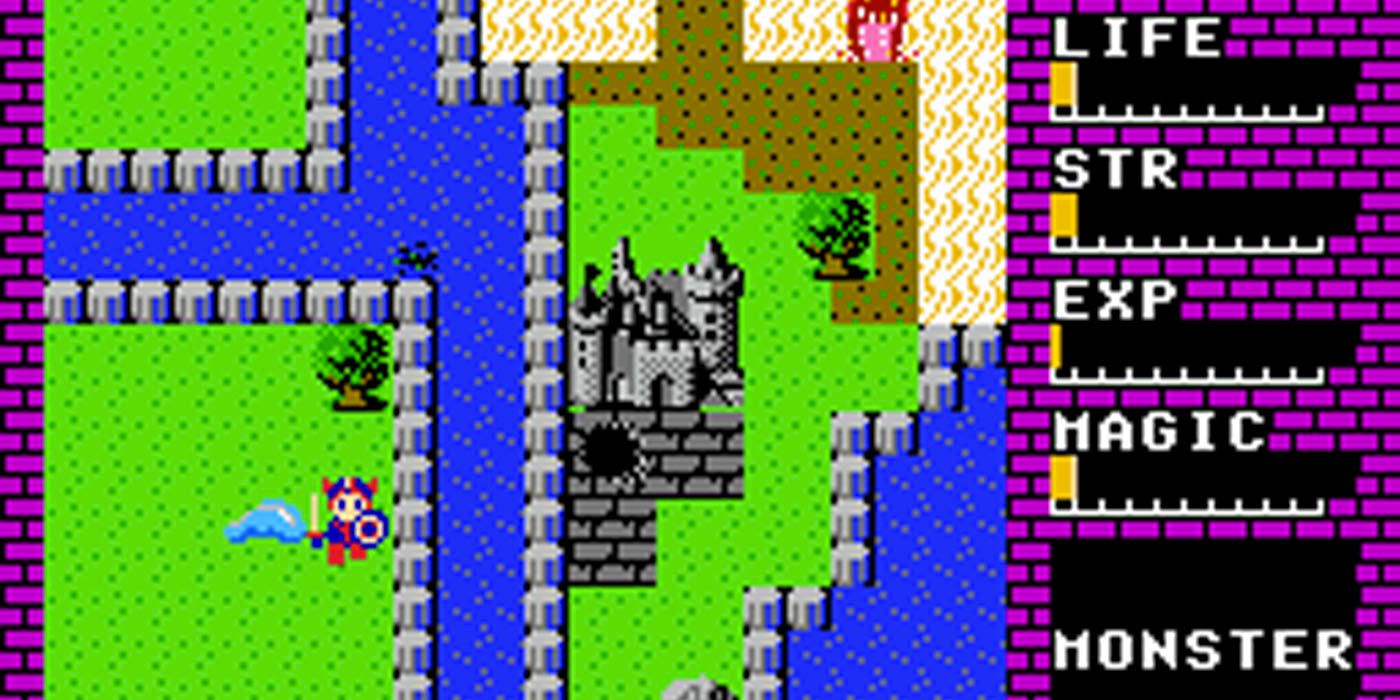
On the surface, Hydlide looks like a simple top-down action RPG for the MSX and NES. But in 1984, giving players an entire overworld to explore in real time was radical. You could wander into dungeons, discover secrets, and engage enemies without ever hitting a loading screen.
It wasn’t always intuitive. Players had to experiment to figure out mechanics and progress, but that sense of trial and error added to the immersion. Hydlide doesn’t get the same praise as Zelda, but it beat it to market and laid some important groundwork.
2 Midwinter
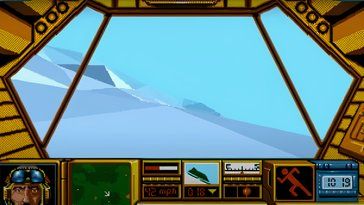
Midwinter wasn’t just open, it was massive. Set in a post-apocalyptic snow-covered island, the game gave you 400 square miles to traverse using skis and snowmobiles. You controlled multiple characters across a dynamic world where time passed and events evolved based on your actions.
These games often lack quality-of-life features: no autosaves, no maps, sometimes not even clear goals. It’s part of the charm, but also part of the challenge.
Missions were open-ended, and strategy mattered just as much as exploration. For a late ’80s PC game, it was shockingly ambitious. Players weren’t just surviving; they were shaping the outcome of a war. It felt like the future of gaming, and in many ways, it was.
1 Minecraft
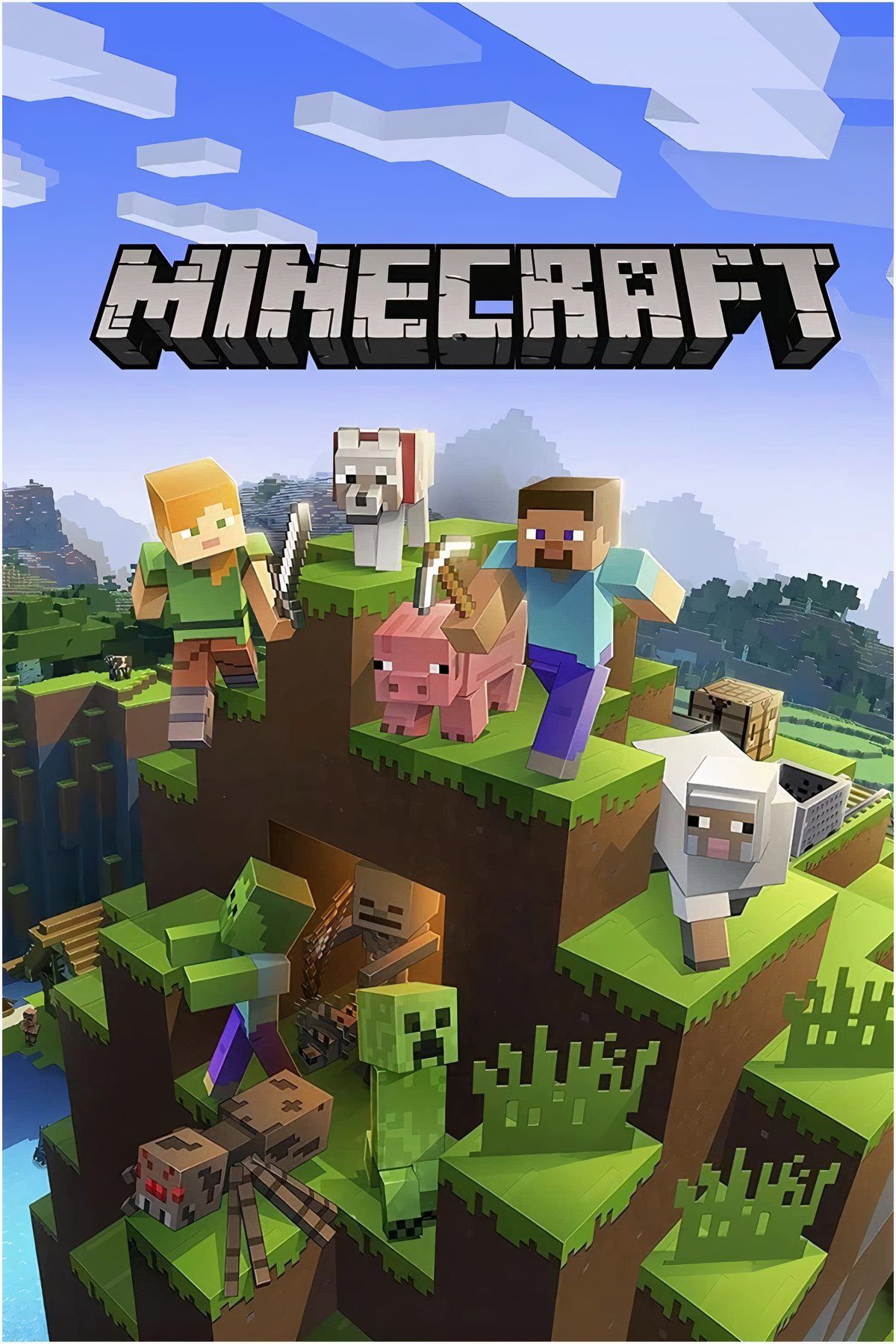
Minecraft
- Released
- November 18, 2011
- ESRB
- E10+ For Everyone 10+ Due To Fantasy Violence
- Developer(s)
- Mojang
- Publisher(s)
- Mojang
- Engine
- LWJGL, PROPRIETARY ENGINE
- Platform(s)
- 3DS, Android, iOS, Nintendo Switch, Nintendo Wii U, PC, PlayStation 3, PlayStation 4, PS Vita, Xbox One, Xbox 360
Okay, this might seem like cheating, but hear us out. While Minecraft isn’t the oldest game here, it’s arguably the most influential open-world sandbox ever made. Its alpha release in 2009 resurrected the spirit of exploration and freedom that early pioneers aimed for, but with modern polish and accessibility.
It took the best of Elite, Wasteland, and Zelda and wrapped them in a world you could build yourself. There were no missions, and no instructions; just a procedurally generated canvas and infinite possibilities. Minecraft didn’t just revive open-world gaming. It helped define a new era of it.
4:38
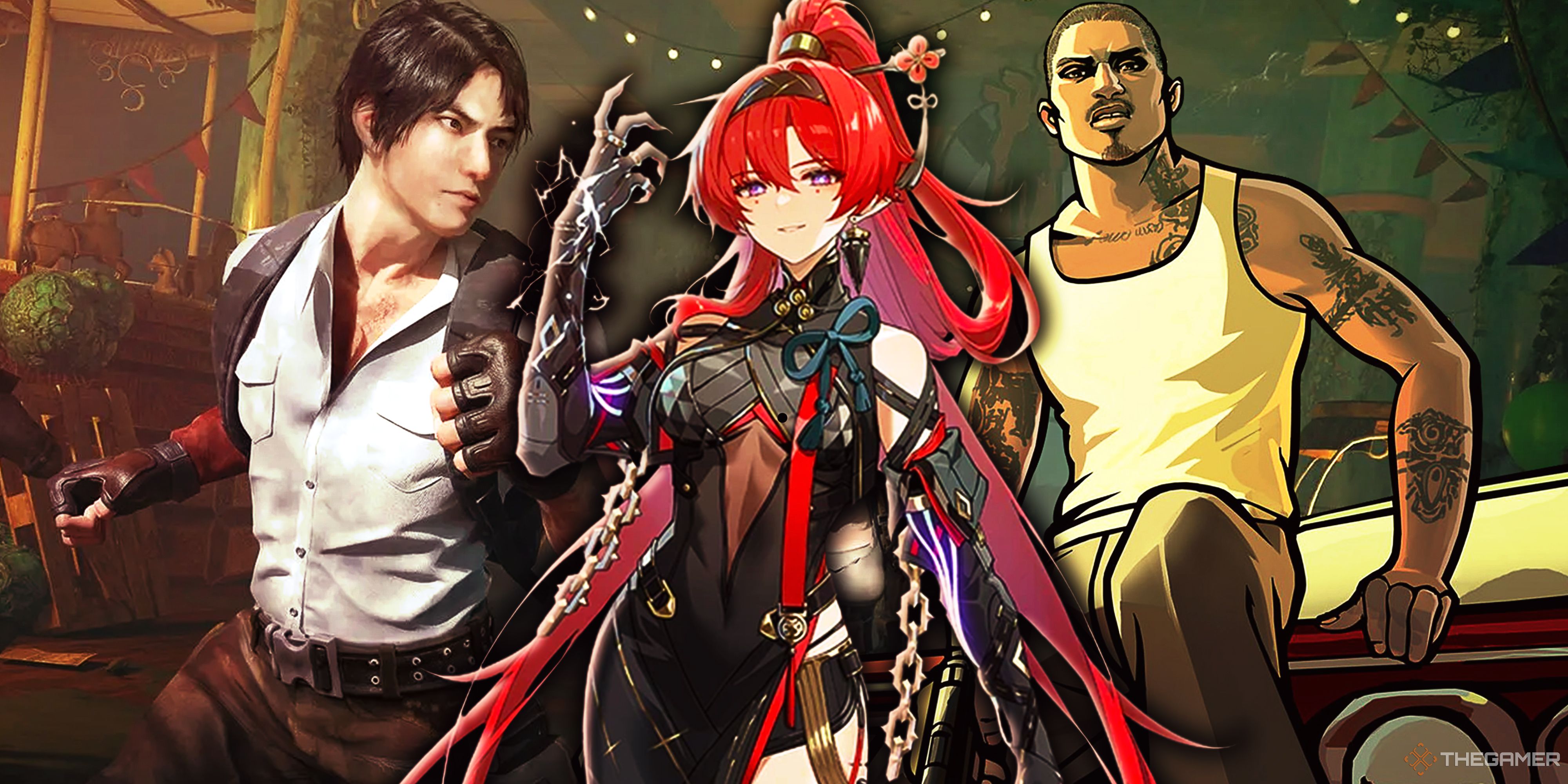
Next
Best Open-World Games You Can Play On Android And Other Mobile Devices
Not every open-world game requires a PC or console. These games can be played on Android and other mobile devices!
